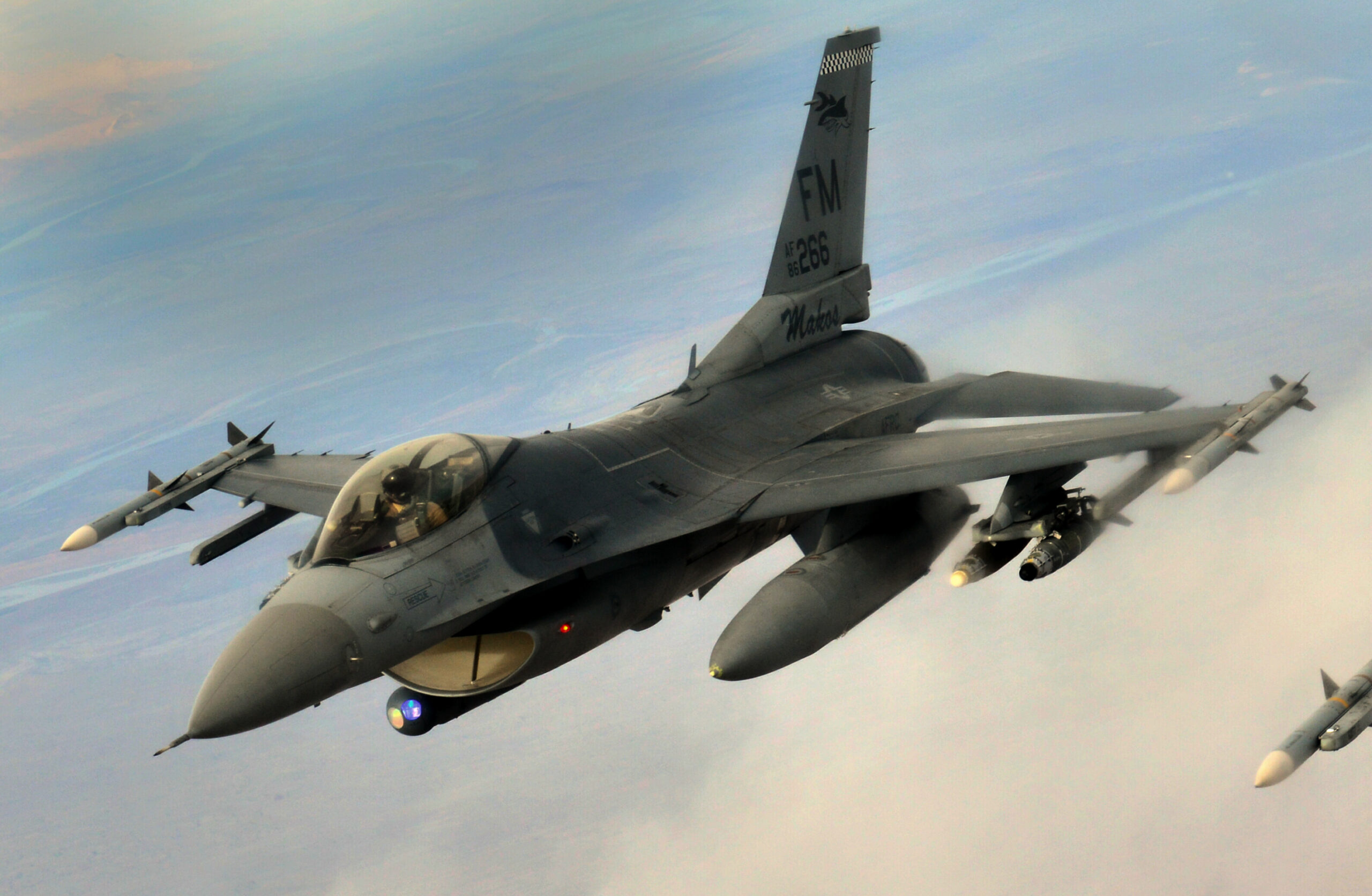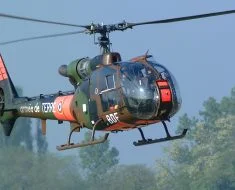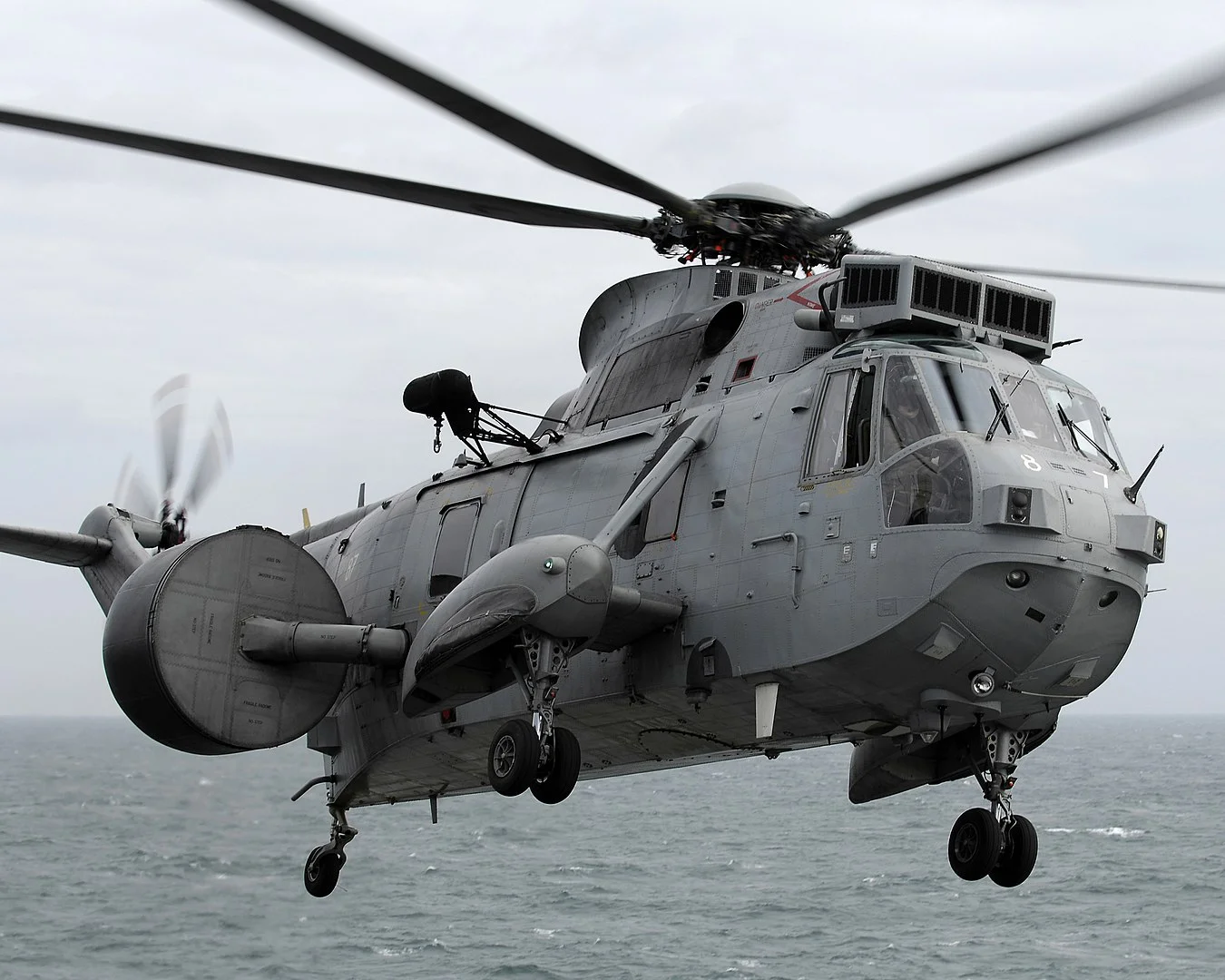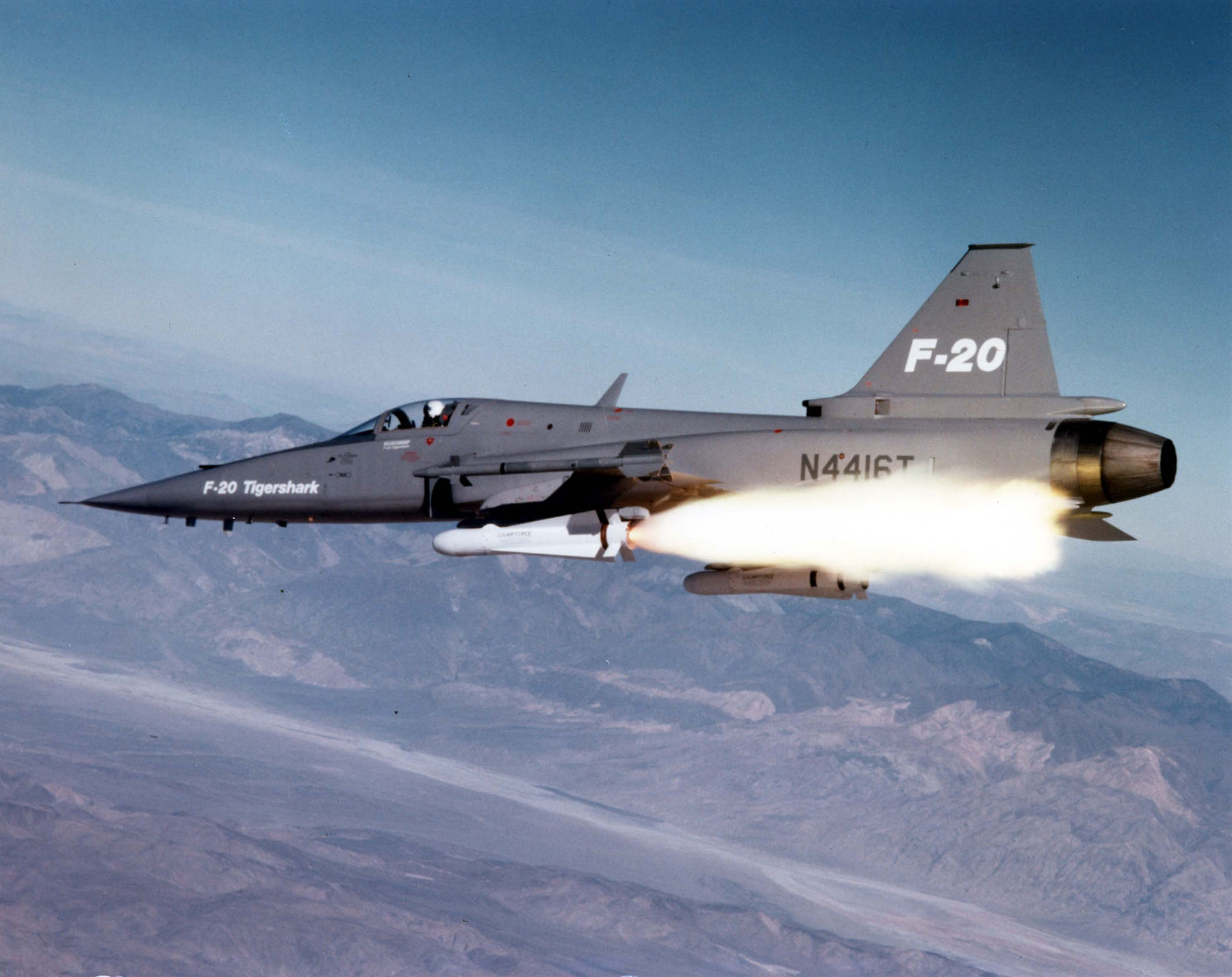The KF-21 Boramae is a new fourth-generation fighter from South Korea, one that bares an uncanny resemblance to the F-22 Raptor. The aircraft has been in development in one way or another since the early 2000s, and is now finally coming to fruition, with it completing its first flight in the summer of 2022. In January 2023 it first went supersonic.
The KF-21 is an extremely advanced aircraft, however it is not considered a peer to others like the F-22 or F-35, despite what its appearance may suggest. This is because South Korea has designed the aircraft to be a middle-ground between forth and fifth generation fighters.
Lets dive in to this new machine and see what South Korea has in store.
Contents
Background
The Republic of Korea (ROK) has been in an armed state of siege since the end of the Second World War, and is still technically at war with the Democratic People’s Republic of Korea (DPRK), despite a truce being signed in 1953 during the Korean War.
This precarious strategic situation, along with South Korea’s location in a region fraught with increasing geopolitical tensions has led to the ROK’s armed forces having a high level of training and organisation, and being lavishly equipped from both local and overseas sources.
For some considerable time the South Korean government has invested heavily in growing a domestic defence manufacturing capability, and this foresight has been rewarded with local production of land, sea and air equipment of a very high standard indeed.
Much of this equipment is of such an excellent quality in both design and manufacture that Korean weapons are now sought after by many nations around the world.
Along with naval vessels and armoured combat vehicles, Korean industry now offers advanced combat aircraft for both local and overseas use, and the latest offering is the KF-21 Boramae (‘Fighting Hawk’) multi-role fighter.
Development
The South Korean air force (ROKAF) saw a need for an advanced multi-role fighter to replace two aging platforms, the F-4 Phantom and the F-5 Tiger in service since the 1960s. While the cost of developing an indigenous combat fighter was reckoned to be more expensive than sourcing aircraft from overseas, a program to design and manufacture fighter aircraft locally was undertaken so as to establish and maintain a local military aviation industry.
The establishment of a local military manufacturing industry had long been considered a national strategic objective by the ROK government.
Planning for the KF-21 project started in March 2001, and formal research and development requirements were announced by the Korean General Staff in 2002. The program languished for some years due to funding and design difficulties, and was delayed until 2008. A comprehensive feasibility study in that year restored progress, and this was accelerated by tension and military clashes between North and South Korea in 2010.
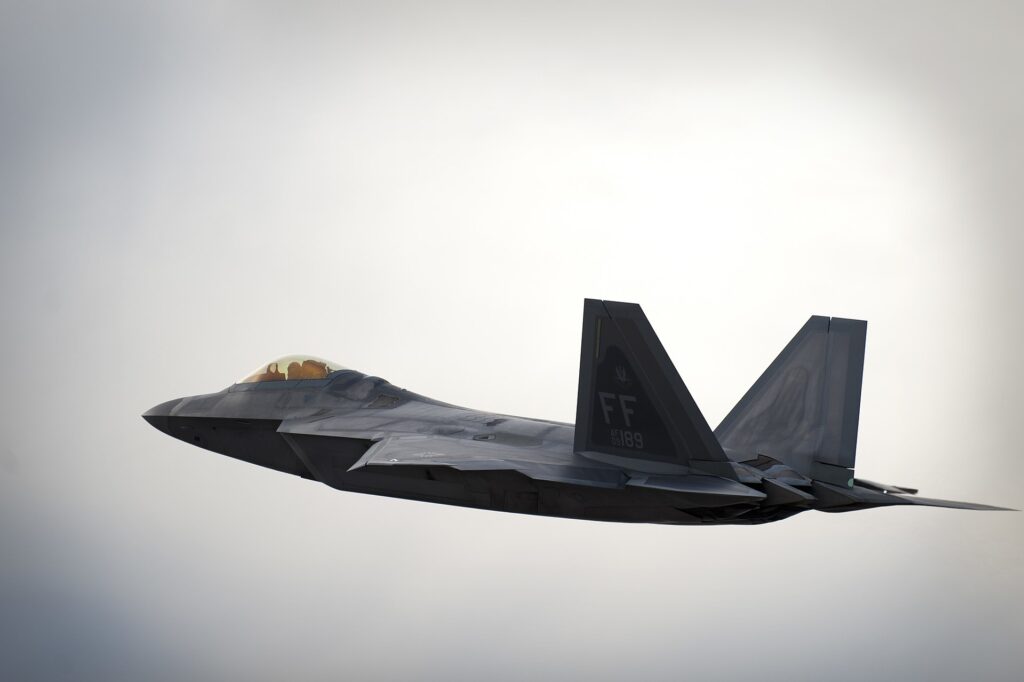
Indonesia joined the program in 2010, with promises to provide 20% of the costs in designing and manufacturing the KF-21.
The design requirements were for a single-seat, twin-engine advanced multi-role fighter, with 50% greater range than that of the F-16 Falcon. The aircraft had to be capable of both supersonic interception and the ability to supercruise at high Mach numbers.
Read More: Ilyushin IL-76 Candid – Jack of all Trades
The original requirement called for stealth capabilities greater than current fourth-generation fighters, but not quite as advanced as that on an F-35 Lightning, but the ROKAF downgraded that requirement to that of a 4.5 generation fighter with limited stealth capability.

The program began to accelerate from 2010, and despite further delays a preliminary design was agreed to in 2018. A comprehensive review in 2019 finalised many of the design parameters, and a limited prototype production run was authorised for six airframes, including an extra two for ground tests.
These prototypes included two-seat versions, and were all meant to be completed by the end of 2021. The first prototype was introduced to the public in April 2021, and the first flight of the KF-21 occurred in July 2022, with the first supersonic flight in January 2023.
All prototypes are to participate in an extensive series of ground and air tests, with 2,200 flights planned before the testing program is complete. Mass production is planned from 2026, and the initial Block-1 production run will be used to attain Initial Operating Capability (IOC) and air-to-air proficiency, and the following Block-2 aircraft will introduce a surface attack capability.

Final Operating Capability (FOC) is expected sometime after 2028. In September 2022 the manufacturer introduced a concept for a naval version, the KF-21N, and this model may be produced if Korean plans for an aircraft carrier come to fruition.
Design
With the design finalised it is expected that production aircraft will have the same dimensions as the prototype models, and these are: a height of 4.7 metres (15 feet 5 inches), a length of 16.9 metres (55 feet) and a wingspan of 11.2 metres (36 feet 9 inches). Empty, the KF-21 weighs in at 11,800 kg (26,000 lbs) and the aircraft gross weight is 17,200 kg (37,900 lbs). The Maximum Take-Off Weight (MTOW) is 25,400 kg (56,000 lbs).
Read More: F-16XL – The Crank Wing Experiment
The KF-21 has a single pilot, but two-seat prototype versions have been manufactured for testing, with a dual-seater version having more capability for multi-role missions. The aircraft is powered by twin General Electric F414-GE-400K afterburning turbofans, the same power plant that equips the F-18 Super Hornet, and the latest versions of the JAS-39 Gripen. These engines give the KF-21 a top speed of Mach 1.8, and an unrefuelled range of 2,900 km (1,800 miles).
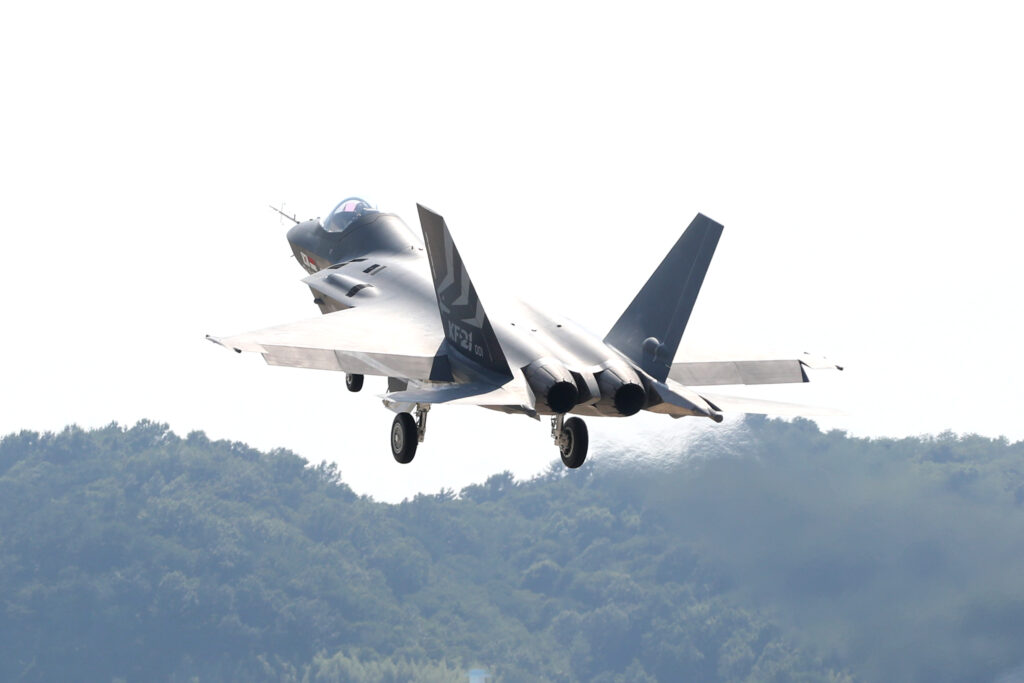
The service ceiling of the KF-21 has not been disclosed to this date.
As normal with most modern combat aircraft, the KF-21 is expected to be armed with an autocannon for both aerial and ground use, but the model or type (chain gun or multi-barrel) of the proposed gun has yet to be announced. The KF-21 has ten hard points, with six under the wings and four tucked under the fuselage which allow the carriage of missiles in a semi-stealth way.
These belly points may be replaced with shrouded/covered weapon stations in later production revisions. As well as Western weaponry, the KF-21 is expected to carry and employ a wide range of locally produced ordnance such as air-to-air missiles, and sophisticated ground attack munitions.

The KF-21 is expected to be equipped with a comprehensive and modern array of avionics; AESA radar, Infra-red Search and Track (IRST), an electro-optical targeting pod and modern data links. A high-speed computing capacity and self-defence capabilities such as radar and electronic jamming are planned as well for all production aircraft.
Anticipated Procurement
Despite 5th generation fighters entering service in large numbers lately, the previous generation of combat aircraft have experienced somewhat of a renaissance with governments around the world today, and this is due to several factors. The extremely high cost of stealth aircraft, and the vastly increased maintenance requirements for these platforms cause considerable dismay amongst potential customers.
Read More: The Fearsome Flanker Family
So many nations prefer to either upgrade their existing 4th generation fighters, or procure new advanced variants of these fighters, which can still be much cheaper than the latest stealth aircraft.

Many air forces found that by fitting an AESA (Actively Electronically-Scanned Array) radar in legacy fighters transformed them into more relevant weapons for modern aerial combat duties. Besides this low-cost option, many nations commissioned upgrades of conventional aircraft such as the Super Hornet, or newer designs like the French Rafale or European Typhoon which are both 4.5 generation fighters.
The KF-21 belongs to this latter group, but with increased stealth capabilities in its design is more advanced than these latest European offerings.
Even with the F-35A stealth fighter being procured by the ROKAF, the KF-21 program is still on track to deliver 120+ examples to Korea, along with a smaller number of airframes for the Indonesian air force. In December 2022 the Polish air force expressed interest in acquiring the KF-21, and the type has been evaluated by several other military arms as well.

This means that the KF-21 is in an excellent position to take advantage of further sales orders, as the trend of supplementing stealth aircraft in service with new/upgraded legacy platforms is gaining pace around the world.
A good example of a mixed fleet employment may be found in a medium power like Australia, where the Royal Australian Air Force (RAAF) operates legacy and stealth platforms in close co-operation when on operations. The RAAF employ the F-35A as a stealthy scout ahead of F-18 Super Hornets, scanning for opponents and designating targets for the Super Hornet bomb/missile ‘trucks’ to engage those targets with the large ordnance capacity of conventional aircraft.
Modern data links mean that the Hornets don’t have to radiate and give away their positions, as targeting data is supplied by the F-35, making this a force-multiplying factor as well as a smart way to employ conventional combat aircraft.

The ROKAF could well employ this same strategy, with the F-35A leading the way in air and ground missions, and the large load-carrying capacity of the KF-21 ensuring high rates of fire against enemy aircraft or ground targets. With a high ordnance load and sprightly performance from its two GE F414 engines, as well as some stealthy capabilities, the KF-21 would be a highly survivable platform in both air and ground missions when operating in conjunction with stealth platforms like the F-35.
Read More: N1 Rocket – The Most Powerful Space Rocket Ever Built
A possible role for any two-seater version of the KF-21 could be the control of accompanying drones such as the MQ-28A Ghostbat, and a two-seat variant could also be utilised for Suppression of Enemy Air Defences (SEAD) duties, as well as Electronic Warfare (EW) missions.
Conclusion
South Korea probably has the worst neighbour in the world: an underdeveloped nation with nuclear weapons, run by a paranoid dictator with a large army. The vast difference between the competing political and economic systems can best be shown by the fact that a North Korean man is on average an inch and a half shorter that his Southern counterpart, due to a prolonged lack of nutritious food causing this national stunting of growth.
The North has never renounced its determination to re-unite the country by force, and looks with envy on South Korea and its booming economy.

Faced with this intransigent and continual strategic threat, the South Korean government has as a national priority the ready procurement of sufficient military equipment to properly defend the nation. Lately, the South Korean military and government seek to become mostly self-sufficient in supplying weaponry for defence purposes, and this has grown into the realisation that the export of locally manufactured tanks, ships and aircraft can be enormously profitable to boot.
The quality of Korean equipment is shown by the fact that some nations are actively evaluating the KF-21 for possible purchase, even though the platform is still not in major production yet.
The KF-21 is the latest proposal for an advanced conventional/semi-stealthy combat aircraft, part of the comprehensive and growing 4.5 generation stable. With a reduced-signature design the KF-21 will be an effective and relevant modern combat aircraft, especially when used in close co-operation with stealthy platforms like the F-35 Lightning.

The aircraft is in the infancy of its developmental cycle, and the basic airframe shows much potential for growth and improvement. It will serve for many years in Korea and Indonesia, and other nations have taken an interest in this fine combat aircraft, and may procure it into the future.
Read More: The JB-2: America’s Copy of the V-1 Missile
The KF-21 stands as ready testimony to the excellence of the South Korean defence industry.


